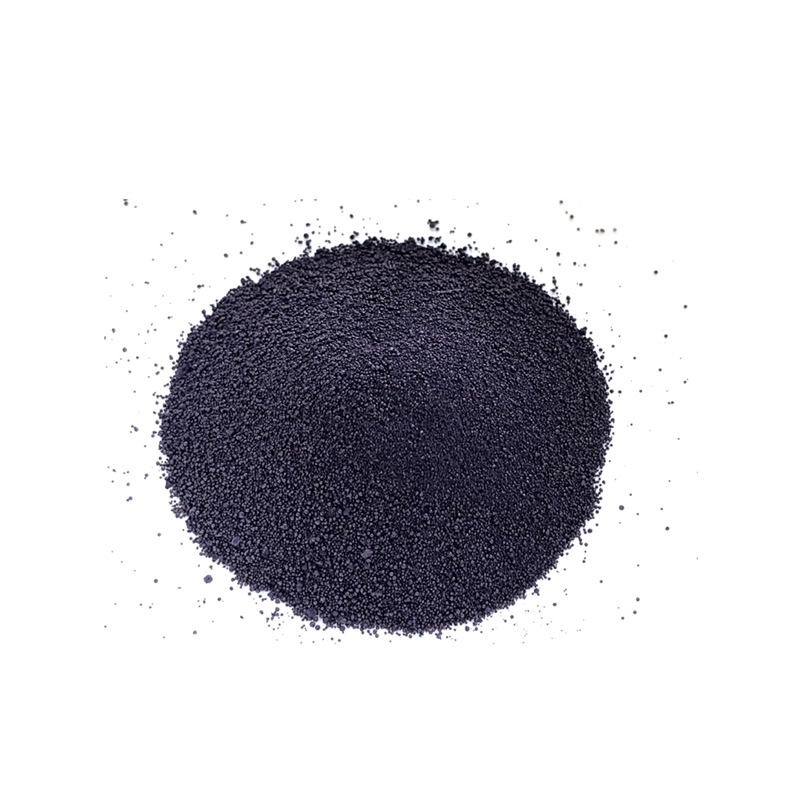China's Traditional Indigo Dyeing Techniques and Their Cultural Significance
The Art of Indigo Dyeing in China
Indigo dyeing is an ancient craft that has flourished in many cultures around the world, and China is no exception. With its rich history and deep cultural significance, the practice of making indigo dye is a fascinating blend of art, tradition, and science. As one of the oldest dyeing methods, indigo dyeing not only produces stunning textiles but also tells the story of generations who have perfected the craft.
Historical Background
The use of indigo dye in China can be traced back over 5,000 years, with archaeological evidence suggesting that it was used during the Han Dynasty (206 BCE - 220 CE). The natural dye, derived from the leaves of the indigo plant (Indigofera tinctoria), produces a vibrant blue that has become iconic in Chinese textiles. Indigo dyeing quickly gained popularity, both domestically and as an export commodity. Historical records indicate that indigo-dyed fabrics were traded along the Silk Road, further influencing textile arts in other cultures.
The Natural Dye Process
Creating indigo dye is an intricate process that requires skill and knowledge of both the plant and the chemistry involved. The first step is harvesting the indigo leaves, which are then fermented to convert the indican in the leaves into indigo dye. This fermentation process produces a deep blue dye solution, which is critical for the subsequent dyeing stages.
Once the dye solution is ready, the textiles—usually made of cotton or silk—are prepared by soaking them in water. The fabric is then dipped into the indigo solution, left for a few minutes, and then pulled out. At this point, the dye appears greenish-yellow due to its oxidized state. As the fabric is exposed to air, it begins to oxidize, turning into the rich blue that is characteristic of indigo-dyed fabrics. This process can be repeated multiple times to achieve deeper shades of blue.
Techniques and Styles
china make indigo dye

Various regions in China have developed unique styles of indigo dyeing, each reflecting local traditions and aesthetic preferences. For example, in the Guangxi province, the Miao ethnic group is renowned for its intricate batik techniques, where wax is applied to the fabric before dyeing, creating beautiful, contrasting patterns. In contrast, the Shandong province is famous for its tie-dyeing method, where the fabric is tied in knots to create a variety of designs before being dipped in the dye.
These techniques not only display artists' creativity but also serve as a form of cultural expression. Each piece often tells a story or represents a specific cultural motif, linking the present with the past.
The Modern Revival
In recent years, there has been a growing interest in traditional crafts, including indigo dyeing. As consumers become more environmentally conscious and seek out sustainable practices, natural dyes have regained popularity. Artisans and designers are now incorporating indigo into modern fashion, blending traditional techniques with contemporary styles.
Additionally, workshops and courses dedicated to teaching the art of indigo dyeing have emerged, attracting both locals and tourists. This revival helps preserve the craft while also providing artisans with new opportunities for income. Importantly, it fosters a greater appreciation for the artistry involved in traditional dyeing methods.
Conclusion
Indigo dyeing in China is more than just a method of coloring fabric; it is a vital part of the country's cultural heritage. The process, steeped in history and tradition, continues to inspire artists today, proving that beauty can be created with both skill and respect for nature. As we embrace the future, the art of indigo dyeing stands as a testament to the enduring value of tradition in a rapidly changing world. Whether displayed in a modern fashion collection or worn as part of traditional attire, indigo-dyed textiles remain a vibrant symbol of Chinese craftsmanship and artistry.
-
The Timeless Art of Denim Indigo Dye
NewsJul.01,2025
-
The Rise of Sulfur Dyed Denim
NewsJul.01,2025
-
The Rich Revival of the Best Indigo Dye
NewsJul.01,2025
-
The Enduring Strength of Sulphur Black
NewsJul.01,2025
-
The Ancient Art of Chinese Indigo Dye
NewsJul.01,2025
-
Industry Power of Indigo
NewsJul.01,2025
-
Black Sulfur is Leading the Next Wave
NewsJul.01,2025

Sulphur Black
1.Name: sulphur black; Sulfur Black; Sulphur Black 1;
2.Structure formula:
3.Molecule formula: C6H4N2O5
4.CAS No.: 1326-82-5
5.HS code: 32041911
6.Product specification:Appearance:black phosphorus flakes; black liquid

Bromo Indigo; Vat Bromo-Indigo; C.I.Vat Blue 5
1.Name: Bromo indigo; Vat bromo-indigo; C.I.Vat blue 5;
2.Structure formula:
3.Molecule formula: C16H6Br4N2O2
4.CAS No.: 2475-31-2
5.HS code: 3204151000 6.Major usage and instruction: Be mainly used to dye cotton fabrics.

Indigo Blue Vat Blue
1.Name: indigo blue,vat blue 1,
2.Structure formula:
3.Molecule formula: C16H10N2O2
4.. CAS No.: 482-89-3
5.Molecule weight: 262.62
6.HS code: 3204151000
7.Major usage and instruction: Be mainly used to dye cotton fabrics.

